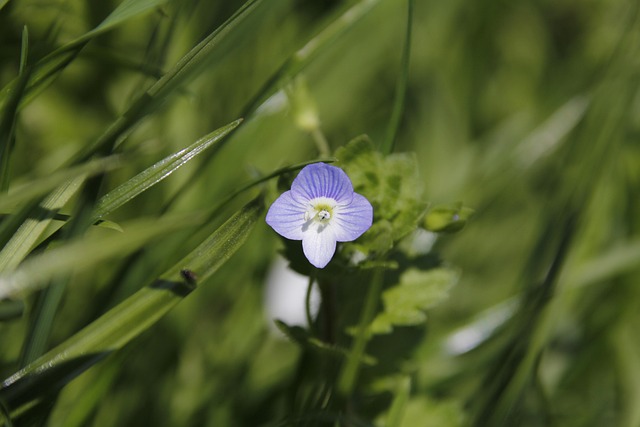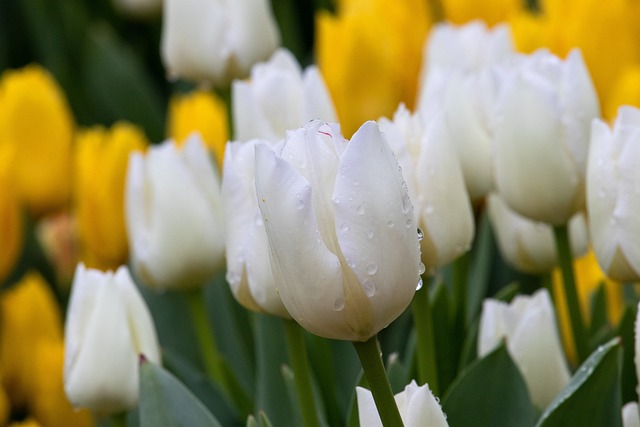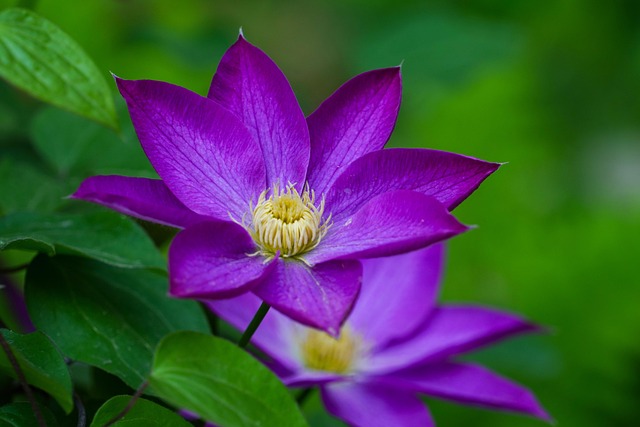Karachi's urban gardens thrive on healthy soils, but urbanization and climate change pose threats. Organic matter incorporation and nutrient cycling can significantly enhance plant health and floral vibrancy, making Karachi's greenery more sustainable. Local farmers employ effective practices like compost use and crop rotation to enrich soil, fostering microbial ecosystems crucial for plant growth. By optimizing soil structure and water retention, these methods combat degradation, ensuring plants thrive during droughts. Understanding the role of microbes revolutionizes gardening, leading to a prosperous, diverse floral landscape across Karachi's varied ecosystems. Sustainable practices like organic farming, efficient water management, and Integrated Pest Management (IPM) are key to preserving this beauty.
In Karachi, where vibrant floral landscapes thrive amidst urban settings, understanding soil health is a game-changer for bloom development. This article delves into the intricate relationship between soil fertility and plant prosperity in this dynamic metropolis. From nutrient-rich soils fostering robust growth to water retention’s role in flowering, we explore the unseen forces shaping Karachi’s floral tapestry. Unlocking the secrets of microbial activity reveals its pivotal contribution to flower development, offering sustainable practices to enhance both soil health and floral abundance.
- Understanding Soil Health in Karachi: A Foundation for Floral Prosperity
- The Intricate Relationship Between Soil Nutrients and Plant Growth
- Water Retention and Bloom: Unraveling the Impact of Soil Structure
- Microbial Activity: Invisible Actors in the Drama of Flower Development
- Sustainable Practices to Enhance Soil Health and Floral Abundance
Understanding Soil Health in Karachi: A Foundation for Floral Prosperity

Karachi, as a vibrant metropolis, boasts a diverse landscape where floral beauty thrives. Understanding soil health is pivotal to unlocking the full potential of this urban garden. The city’s soil, often challenged by rapid urbanization and climate change, plays a crucial role in shaping the vibrancy of its blooms.
Rich, healthy soil is the foundation for any thriving ecosystem, and Karachi is no exception. By focusing on soil management practices such as organic matter incorporation and nutrient cycling, residents can create an environment conducive to floral development. This, in turn, enhances the city’s natural beauty and contributes to a healthier, more sustainable urban space for all inhabitants.
The Intricate Relationship Between Soil Nutrients and Plant Growth

In the vibrant city of Karachi, Pakistan, understanding the intricate relationship between soil nutrients and plant growth is more than just an academic pursuit; it’s a key to unlocking healthier blooms and sustainable agriculture. Soil health, rich in organic matter and diverse microbial life, serves as the foundation for optimal plant development. Nutrients like nitrogen, phosphorus, and potassium, essential elements for plant metabolism, are meticulously absorbed by roots, powering the transformation of sunlight into energy through photosynthesis. This symbiotic connection ensures plants not only survive but thrive, influencing the vibrancy and longevity of blooms.
Karachi’s diverse ecosystems demand a nuanced approach to soil management. Local farmers and horticulturists have traditionally relied on organic practices, incorporating compost and crop rotation to maintain soil fertility. These methods not only enrich the soil with essential nutrients but also promote a balanced ecosystem, where beneficial microbes break down organic matter, further enhancing nutrient availability for plants. By nurturing this delicate balance, Karachi’s agricultural community cultivates robust crops and breathtaking floral displays, reflecting the powerful impact of healthy soils on plant growth and aesthetic appeal.
Water Retention and Bloom: Unraveling the Impact of Soil Structure

Soil structure plays a pivotal role in water retention, which is directly linked to plant bloom and development, especially in cities like Karachi where urbanization intensifies soil pressure. A well-structured soil with adequate organic matter content can significantly enhance its water-holding capacity, ensuring plants receive consistent moisture. This becomes crucial during periods of drought or intense heat, when efficient water retention can make the difference between thriving and struggling vegetation.
In Karachi’s unique ecological context, understanding how soil structure influences water retention is essential for sustainable urban greening initiatives. By optimizing soil health through organic amendments and proper management practices, we can foster robust plants capable of withstanding environmental challenges. This approach not only enhances urban greenery but also contributes to the overall resilience of the city’s ecosystem.
Microbial Activity: Invisible Actors in the Drama of Flower Development

In the vibrant landscape of Karachi, where bustling markets meet verdant parks, an unseen drama unfolds beneath our feet—a symphony of microbial activity that plays a pivotal role in flower development. These microscopic organisms, often overlooked, are the unsung heroes responsible for enriching soil health and fostering robust plant growth. Their intricate dance with nutrients and organic matter creates a fertile environment, enabling flowers to bloom with vibrant colors and delicate fragrance.
The intricate web of microbial life in soil is a complex ecosystem where beneficial bacteria and fungi thrive. They break down dead plant material, recycle essential elements, and suppress harmful pathogens. This dynamic interplay not only maintains the ecological balance but also provides plants with the necessary nutrients for optimal growth and blooming. Understanding and appreciating this subtle yet powerful process can revolutionize our approach to gardening and agriculture in Karachi, leading to more prosperous and sustainable blooms across the city’s diverse landscapes.
Sustainable Practices to Enhance Soil Health and Floral Abundance

In Karachi, sustainable practices are transforming the way we approach soil health, with profound implications for floral abundance. Organic farming methods, such as crop rotation and compost application, play a pivotal role in enriching the soil ecosystem. These techniques promote biodiversity, improve soil structure, and enhance nutrient retention, all of which contribute to healthier plants and more vibrant blooms. By adopting these sustainable practices, local farmers are not only preserving the ecological balance but also fostering a richer, more diverse floral landscape.
Additionally, water management strategies, like efficient irrigation systems and rain harvesting, ensure that soils receive adequate moisture without over-saturating, creating optimal conditions for root growth and overall soil fertility. Integrated Pest Management (IPM) techniques further strengthen this ecosystem by promoting natural predators and reducing the reliance on chemical pesticides, thereby minimizing soil contamination and encouraging a more harmonious coexistence between plants, beneficial insects, and other microorganisms. These holistic approaches are revolutionizing Karachi’s agricultural scene, leading to not only healthier soils but also more stunning floral displays across the city.
In Karachi, soil health is a cornerstone for achieving floral prosperity. By understanding the intricate relationship between soil nutrients, water retention, microbial activity, and plant growth, we can implement sustainable practices that enhance soil vitality. These practices not only support robust floral development but also contribute to the overall ecological balance of the city. Through careful management and thoughtful interventions, Karachi can cultivate a vibrant and diverse floral landscape that enriches both its natural environment and aesthetic appeal.

Leave a Reply